How Stocks Work

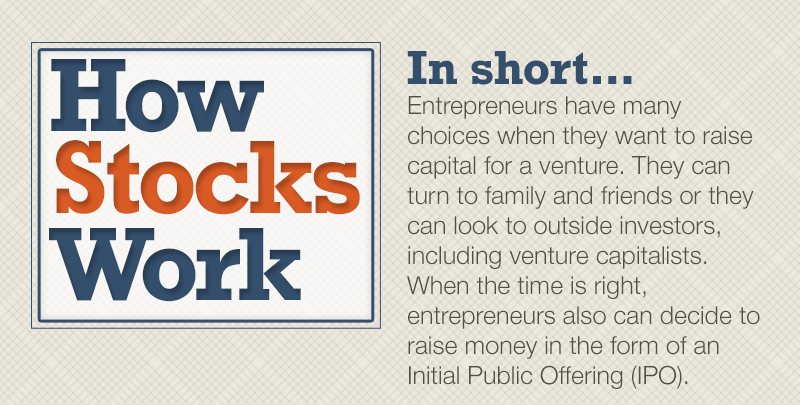
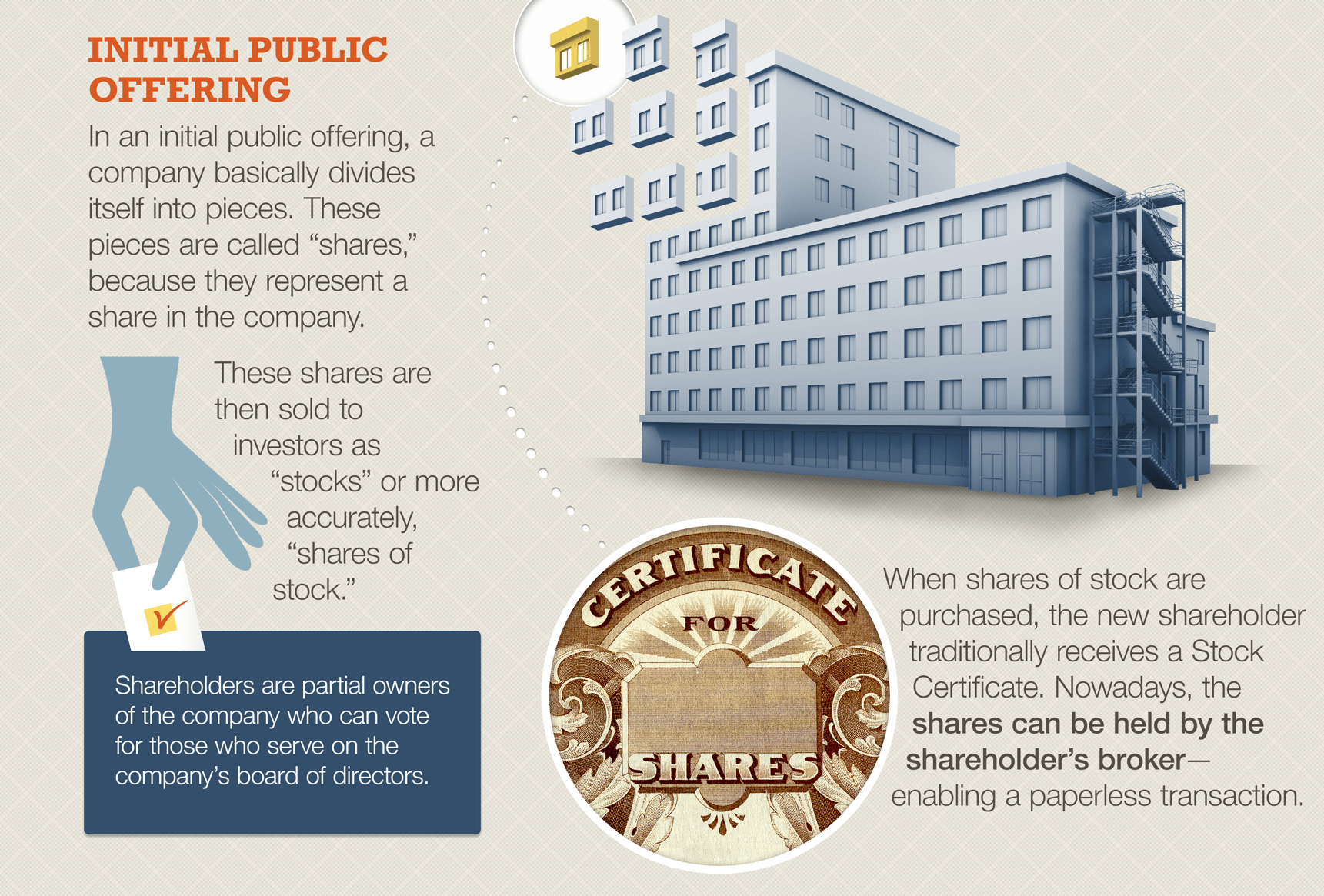

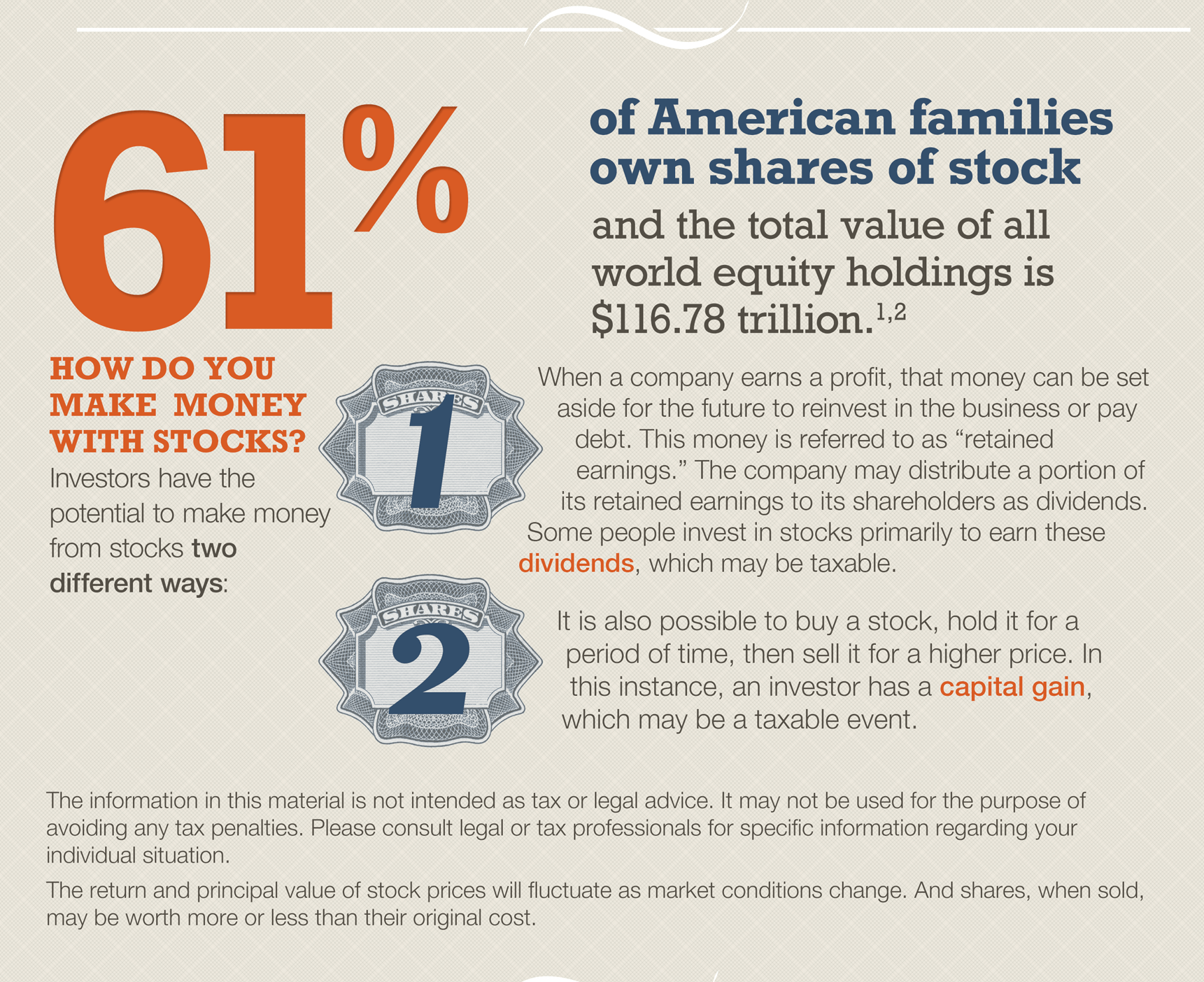
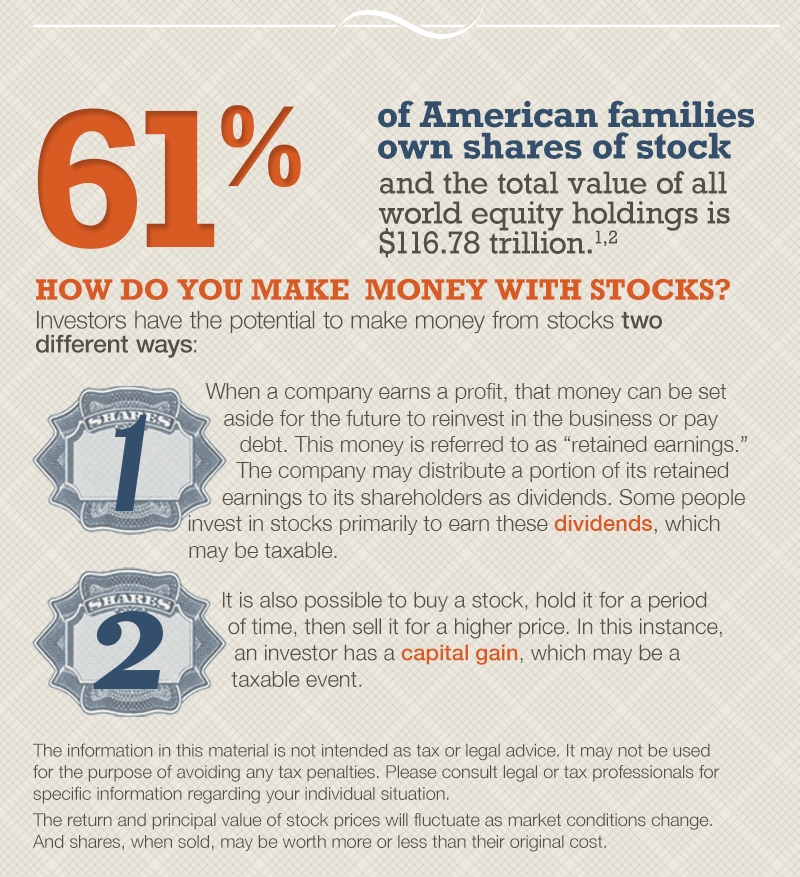
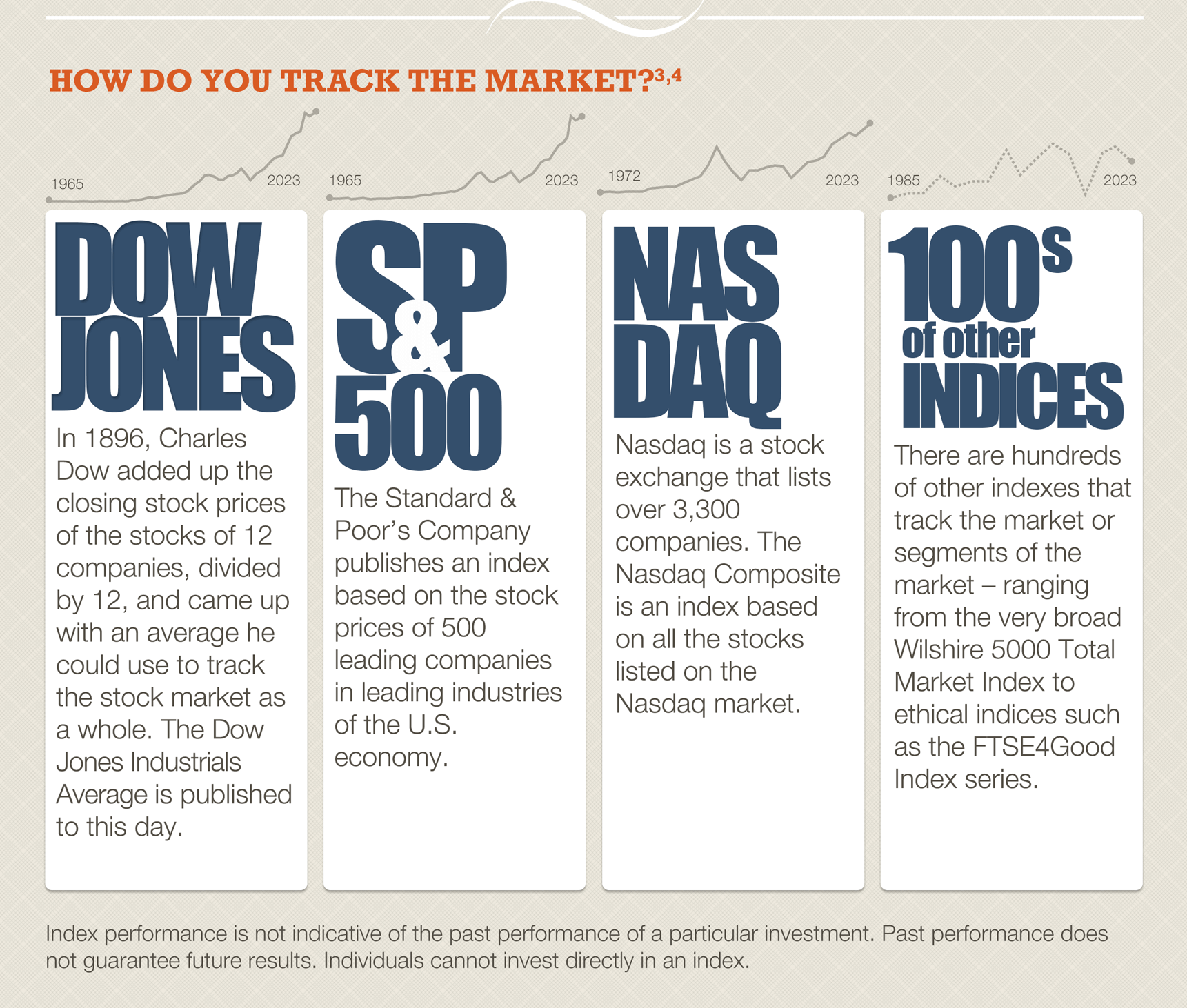
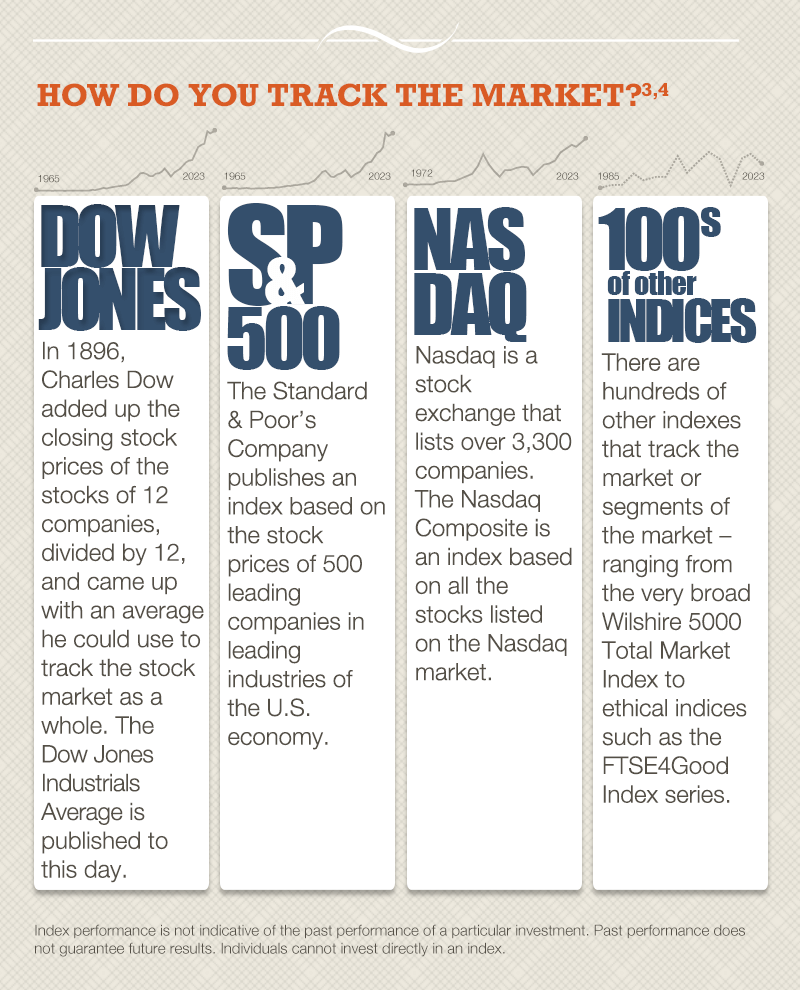
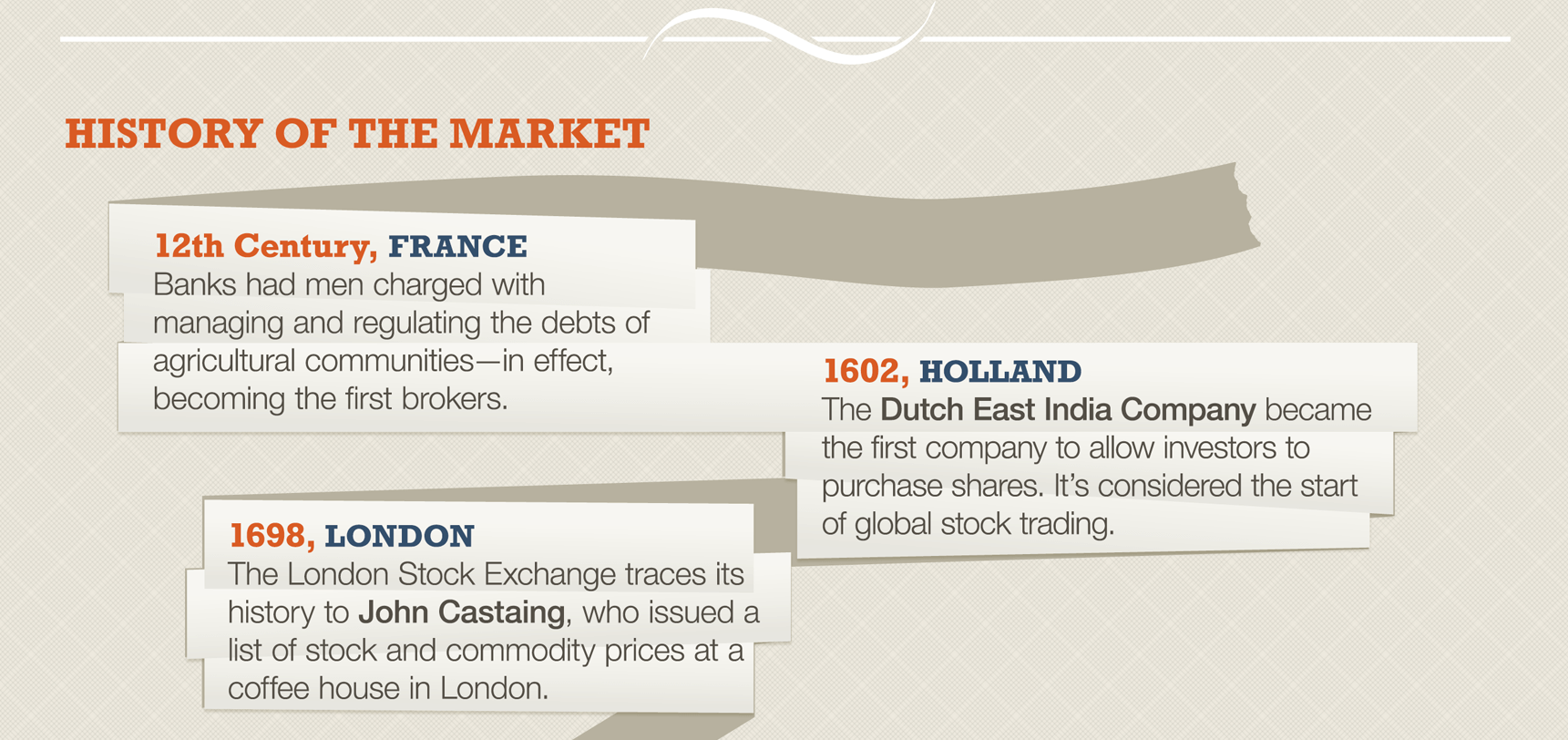
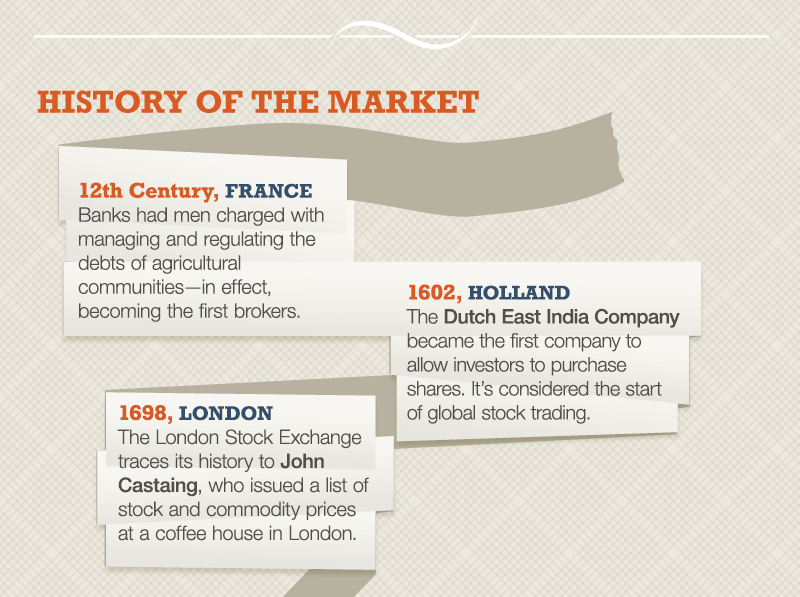
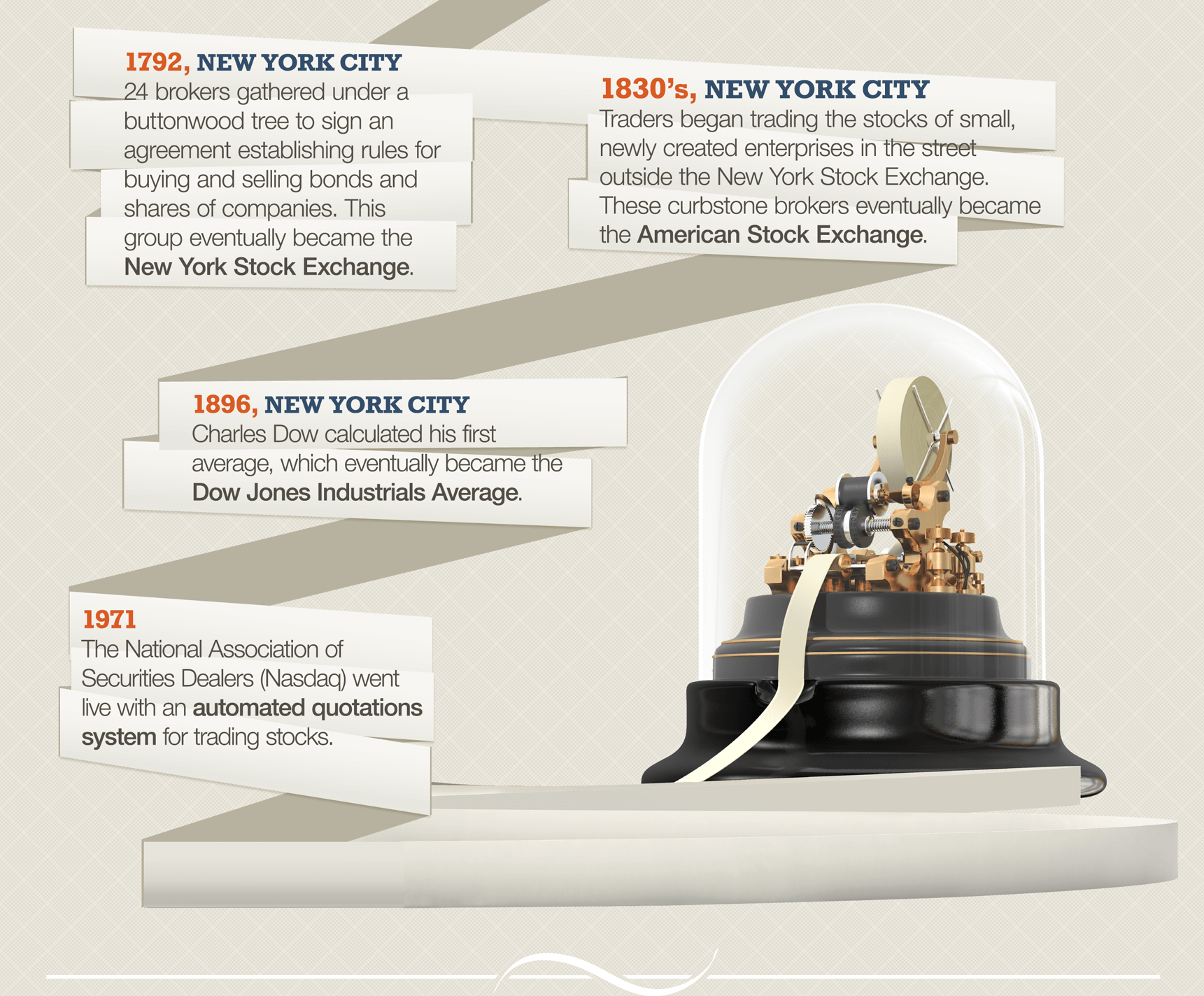


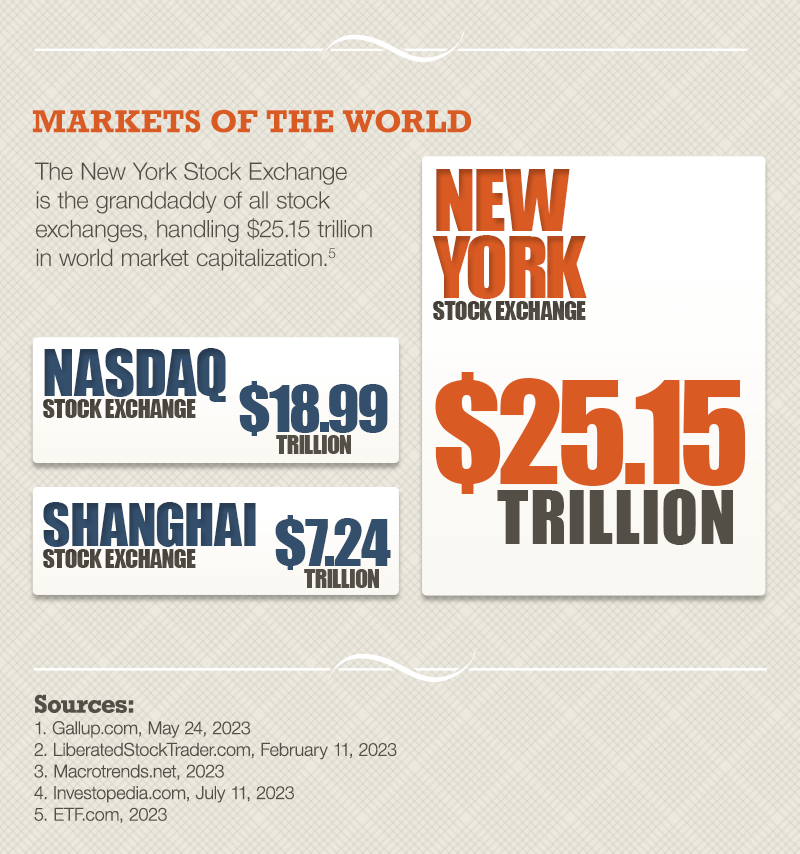















Believe it or not, your Life Insurance policy can be helpful for you, not just your loved ones. Find out four ways your Life policy can help you in the here and now.

When the weather warms up, it’s important to remain up to date when it comes to your insurance coverage—especially if you own a pool.

Tax preparation may be the perfect time to give the household budget a check-up.